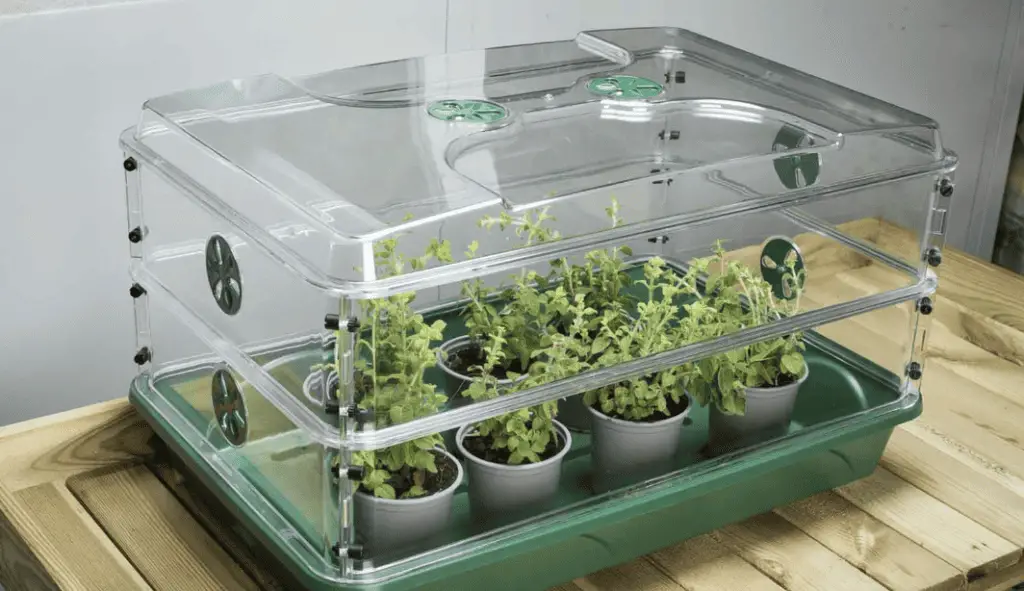Gardening enthusiasts often seek effective ways to improve plant growth and health, and using a propagator is one such method. A propagator provides an optimal environment for seed germination and cutting growth, making it an essential tool for gardeners. This article will delve into how to use a propagator effectively, including understanding when to open its vents, using it for cuttings, and comprehending its overall role in plant propagation. Whether you are a seasoned gardener or just starting, this guide will enhance your understanding and skills in using a propagator for your gardening projects.
How to Use a Propagator
Using a propagator begins with selecting the right type for your needs – heated or unheated. Place your seeds or cuttings in a suitable growing medium within the propagator. For seeds, lightly cover them with soil, ensuring not to sow them too deep. If it’s a heated propagator, set it to the required temperature. The key is to maintain a consistent environment – monitor the moisture levels and avoid over-watering. Ensure the propagator is in a location that receives sufficient light but is protected from direct sunlight which can cause overheating.

When to Open Vents on a Propagator
Ventilation in a propagator is crucial to prevent high humidity levels, which can lead to mold growth and damping-off disease. Start with the vents closed to establish a warm, humid environment for germination. Once seedlings emerge, gradually open the vents to acclimate them to the outside environment. This process, known as hardening off, is essential for preparing plants to be moved outdoors. Adjusting the vents is a balancing act – too much ventilation can dry out the soil, while too little can create excessive humidity.
How to Use a Propagator for Cuttings
Propagators are excellent for rooting cuttings. Select healthy, non-flowering stems from your plant. Cut a 4-6 inch section just below a leaf node, and remove the lower leaves. Dip the cut end in rooting hormone and plant it in a moist growing medium within the propagator. For cuttings, humidity is more critical than temperature. Ensure the propagator lid is closed to retain moisture. Monitor and maintain consistent humidity and temperature until roots develop, after which you can gradually acclimate the cuttings to outside conditions.
What Does a Plant Propagator Do
A plant propagator creates an ideal microclimate for seed germination and rooting cuttings. It regulates temperature, humidity, and other conditions to promote faster and more successful propagation. For seeds, it provides the warmth and moisture necessary for germination. For cuttings, it maintains high humidity levels to encourage root development. A propagator essentially simulates the perfect spring conditions, allowing for early start of growing season and healthy plant development.

Related FAQs
Q: Can you use a propagator for all types of plants?
Most plants benefit from a propagator, especially those that require warmth and consistent conditions for germination or rooting.
Q: How long should plants stay in a propagator?
Plants should stay in the propagator until they develop strong enough roots or seedlings are sturdy enough to withstand outside conditions.
Conclusion
A propagator is an invaluable tool in the gardener’s arsenal, providing an ideal environment for starting seeds and rooting cuttings. Understanding how to use a propagator, including managing ventilation and creating the right conditions for different types of plants, can significantly enhance your gardening success. Whether you’re starting your garden early or propagating your favorite plants, a propagator can help you achieve healthier, more robust plants.

